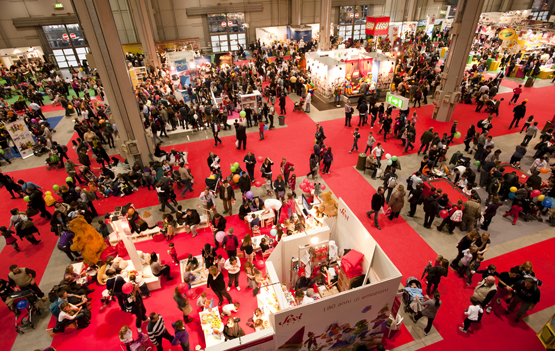When we plan a trade show we take care of the objectives, the booth, the personnel, the communication, the promotion, the budget, the follow-up and the results, but how do we know if we have selected the right trade show?
To know if we choose the right fair to exhibit at, or if we should or should not exhibit at a fair, we have to analyze 5 points.
The first thing we have to consider is the audience. We have to analyze the audience of the fair, what is the profile of that audience? What industry are they from? What percentage of that audience matches our target? and what is their level of interest in our services or products?
We also know if our customers attend the fair, and what they are looking for.
The exhibitors will be the next aspect to be analyzed. Know if our competition will be present, and what products or services they offer.
One indicator to take into account is whether the associations of our sector will be present.
We must also analyze the fair itself, its history, evolution, results of previous editions, credibility, and degree of specialization.
The reputation of the fair, whether there are conferences or training programs and other parallel activities of interest.
To know who is the organizer of the fair, the expectations they have regarding the event. The promotion and advertising they do. What they do to promote the event, both for attendees and exhibitors.
All the data provided by the fair is important;
The total attendance and net attendance will help us to calculate the number of people of interest that will visit the fair.
Knowing the origin of the attendees will allow us to know what geographic areas we cover when attending that fair.
The number of exhibitors will give us an idea of the size of the fair, and the square meters of the fair will help us to calculate the traffic density.
Knowing the sponsors will also help us to better define the profile of the fair.
Cost. We have to take into account and compare the cost per square meter of floor space and fair services of the fair we are analyzing with the cost of other fairs in the sector. The location of the fair is also important, as it directly influences our budget. A fair in a distant country can considerably increase the cost of participation but we must compare it with the cost of reaching the target audience in that particular country by other means.
Potential results. With all the data obtained and knowing the cost that the fair may involve, we must make an estimate of the potential return on investment. It is vital if we want to know if the fair will be profitable or not.
After gathering all this information we must analyze it to make a decision. should we exhibit at this fair? is it justified for us to exhibit at this fair?
In other words, does the size of our potential audience, and the value of this audience in meeting our company’s marketing objectives, justify exhibiting at the show? If the universe of our market is relatively small, a large or general trade show may not be the best vehicle to reach them. Or, if our market is very geographically dispersed, and the event we are considering is not sufficiently international, surely the event may not be able to draw a large enough number of our potential audience to justify our participation.
We must decide whether it is justified to exhibit at each trade show in which we participate and the level of investment required to compete effectively with our competitors.


